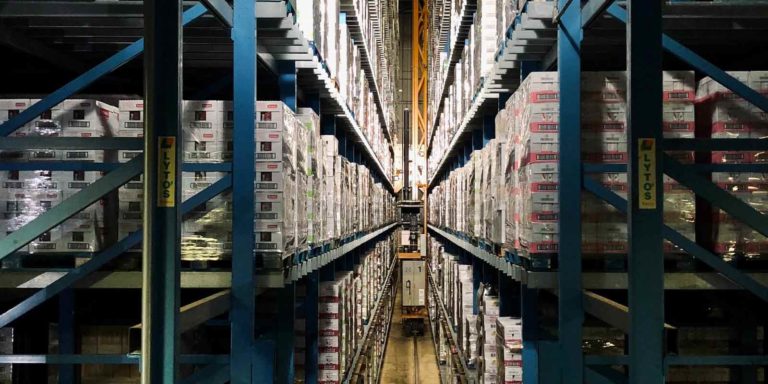AI SALES SUMMIT - 2/26 & 2/27
Prepare to embark on a journey of innovation and growth at our highly anticipated annual virtual Sales 3.0 Conference, AI Sales Summit.

Sign up Now

It’s no secret that the pandemic has disrupted countless industries around the globe, with many retailers, wholesalers, and manufacturers paying the price as supply chains ground to a halt. As global supply chains continue to be disrupted and shipments remain delayed, many product sellers are still not confident they’ll be able to meet customer needs ahead of the busy holiday season – let alone recover as we head into the new year.
To manage these many challenges and become an agile business that is prepared for disaster response and recovery, product sellers must modernize business operations and prioritize areas that will enable them to succeed long-term, such as expanding sales channels, investing in innovative and integrated technology tools, and outsourcing operations.
A recent study from Cin7 found that 82% of product sellers are adding or improving two or more sales channels in the coming months, and channel expansion and improvement is their top priority. As customers increasingly look to online channels for newer shopping methods (like online shopping and in-store pickup), sellers who don’t have a diversified portfolio of channels to market will fall behind those that do.
Most industries – within both B2B and B2C – have seen changes in buyer behaviors, supply chain operations, finance, selling platforms, and more. These changes have significantly impacted how businesses compete and collaborate when it comes to selling product. Multichannel sales have risen as one of the best strategies to deal with these changes in buyer behavior, because it increases the number of customer touchpoints.
As we move into 2022 with many unknown environmental factors still at play, such as supply shortages, shipping delays, and more, investing in a multichannel approach or in the expansion of channels will be necessary for success. By doing so and taking more than just a singular approach to sales, you will increase brand awareness, access new customers, and be able to reach the market in ways you may have never thought of before – whether that’s expanding sales to direct-to-consumer, wholesale, or through third-party sellers.
When it comes to selling successfully, speed is critical. Especially in today’s fluctuating market, the speed at which you’re able to pivot operations and respond to disruptions is an indication of how successful you’ll be. By making smart investments in technologies that will automate processes, keep data in sync across an entire organization in real time, and integrate the backend systems with owned Websites and third-party channels, you’ll be much better equipped to shift operations when needed and ultimately get product into the hands of customers faster.
B2B selling, in particular, requires deep integration into accounting software to effectively manage quoting, pricing, and contract terms. None of this is possible if your software doesn’t play nice with others. In fact, Cin7’s study also found that product sellers who integrate sales and accounting apps with inventory management platforms are 43% more likely to grow their profitability year-over-year – signaling that robust integrations have a tangible effect on your bottom line.
Integrated technology tools not only provide you much-needed visibility across the whole organization, but also automate time-consuming tasks that could be slowing your speed to market. Gone are the days where you could get by with manually inputting data into a spreadsheet. With so many new factors at play when it comes to operating a business, you must have modern tools that keep all systems aligned in real time and free up valuable employee time for more value-added tasks.
On top of the plethora of logistics challenges sellers are dealing with today, they’re also trying to manage these disruptions during a U.S. labor shortage that’s plaguing businesses across the supply chain – leaving businesses with fewer resources and manpower. This is where outsourcing can give you a huge advantage over your competitors, with product sellers who used third-party logistics providers (3PL) earning 14% more revenue per employee than businesses that did not, according to the study mentioned above.
Outsourcing is a growing trend that allows sellers to expand and scale much more quickly than if they were to hire and obtain all the required resources themselves. Having a robust partnership network that’s embedded within integrated tech tools will allow your business to flourish despite supply chain hiccups.
As we look to the future, one aspect remains certain for successful product sellers: the need to expand in a sustainable manner. Successfully managing your sales ecosystem is going to be the key to success in post-pandemic commerce; and, if you prepare now by investing in multichannel strategies, smart technologies, and outsourcing, your organization will be ready to take on whatever comes its way.
Samuel Parker is a product evangelist for Cin7, an inventory and order management platform used by product sellers around the world.
Get the latest sales leadership insight, strategies, and best practices delivered weekly to your inbox.
Sign up NOW →